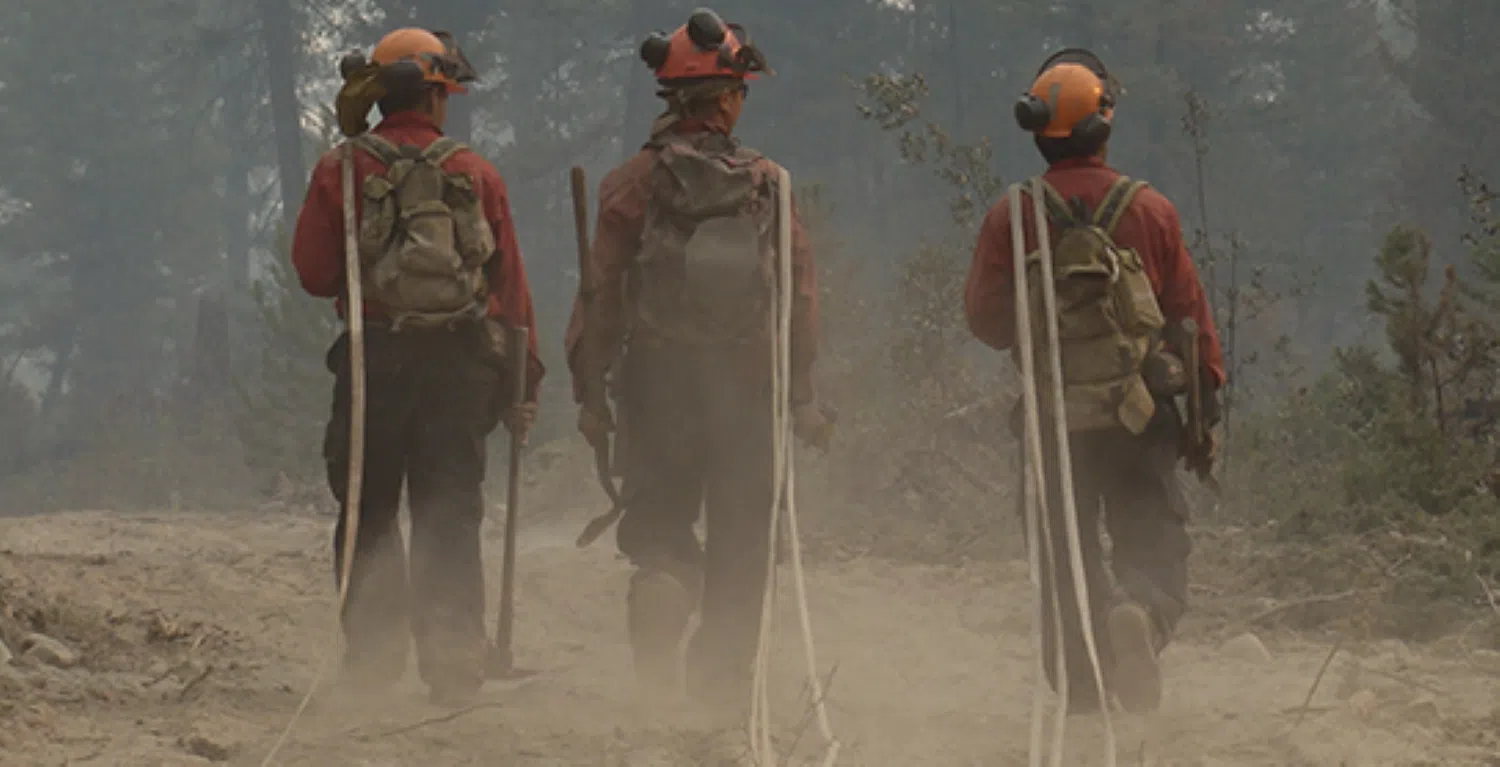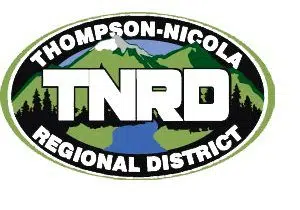
BC Wildfire crews carrying hoses/via BC Wildfire Service
With new technology officially being launched this year to help with fight against wildfires in B.C., a world-leading wildfire analyst is suggesting the system should be used to tackle fires that pose a direct danger, while others might be better left alone.
The new app-based system will provide real-time information from ground crews to headquarters, which will then use that information — combined with existing data — to determine the potential scale and scope of a fire.
“Wildfire growth modelling works by using data from weather models, topography and fuel maps,” said the BC government in a news release announcing the implementation of the new program. “The technology being implemented by the BC Wildfire Service includes the ability to use existing geospatial data and fuel maps, but also uses an app-based interface to allow for on-the-ground inputs in real time.”
“The technology includes an interface for field staff, operational decision-makers and fire behaviour specialists who each have a unique role to play in forecasting, resource planning and fighting wildfires.”
BC Innovation Research Chair in Predictive Services, Emergency Management and Fire Science at Thompson Rivers University, Mike Flannigan, is applauding the B.C. government for making the move.
“This is a great help for tactical planning,” argued Flannigan. “Right now they’re looking at short-term. But I can see in the future going three days, five days in the future so they can start asking for more resources if it looks like its going to be really challenging.”
However, Flannigan notes the adoption of the new technology will only work as well as how the data is collected and assessed.
“The topography doesn’t change. The fuels… there’s room for improvement, because some of the fuel data’s like 10 years old or even older. The weather data, especially when its forecasted in… you know, sometimes forecasts are wrong,” said Flannigan.
At the same time, Flannigan argues the tech could also allow for non-threatening burns to run their course.
“Currently, BC is close to full suppression. They almost fight every fire they see. I think it’s time to move away from that, when and where possible,” argued Flannigan in a conversation with Radio NL following the government’s announcement on Monday.
“If a fire starts two kilometers from Kamloops, you don’t want that fire! You have to put it out. But if it starts in Wells Gray [Provincial Park], maybe you want that fire. Maybe there’s some pine beetle in the forest. Fire is a great agent of knocking down pine beetle.”
The new technology which was trialed last year in both the Kamloops and Coastal Fire Centres, will be fully implemented to start this fire season, before being adopted in the other four Fire Centers across BC as the fire season moves along.













